Registration: CUM 266J Chassis Number: DBS5634R Engine Number: 4004676/5 Number of cylinders: 6 CC: 3995 Year of Manufacture: 1971 RHD/LHD: Right Hand Drive
The sleeping giant has awoken. The six-cylinder DBS, for so long undervalued in the Aston marketplace, is finally commanding the sort of interest – and the sort of prices – that it arguably should have done for years. The DBS’s classic credentials are impeccable: it’s a 100 percent thoroughbred Aston, from its hand-formed aluminium bodywork to its 4-litre Tadek Marek straight-six; it was handbuilt at Newport Pagnell by the same chaps who built DBs 4, 5 and 6; and it's as rare as any of them. There’s not quite unanimity about the exact number, but the total built was only around 800 in a production run that began in September 1967 and lasted until April 1972. One thing the DBS didn’t do was replace the DB6, even if that was David Brown’s original intention; the two were produced in parallel until the last DB6 rolled out of the Works in January 1971. So think of the DBS as the smoother-riding, more spacious, more cosseting, grown-up alter ego to the DB6. It certainly had more than one eye on the American market, with its wider track, muscle-car stance and the options of power steering, air-conditioning, and an automatic gearbox. But to view it as a boulevard cruiser is to sell it very short. Under the skin, DBS and DB6 are extremely closely related, though you’d never guess at a glance. Englishman William Towns’ design was starkly different to the Touring-bodied DBs. In fact, visually, the only things carried over were the signature air vents in the front wings, while the front aspect included a modern take on what had become the traditional Aston grille, much shallower and squarer-edged than before and further distinguished by four, equal-sized quartz-halogen headlamps. It was never any secret that the DBS was intended to be powered by an all-new V8. Tadek Marek had been working on one since as early as 1963, and it had been testing extensively since 1966, but – not to put too fine a point on it – the damn thing kept breaking, so a late decision was made to launch with the DB6’s straight-six. Built in 1971, one of only 49 built that year and one of 317 right-hand drive cars with automatic transmissions in total, this car was delivered to the dealer, Arnold G Wilson, on 30th April and first registered on 1st July 1971. It was purchased by the current keeper on 12th November 2013 from a friend who, in turn, purchased the car in 2003. During the owner's tenure, the car was re-painted in Olive Green with many parts replaced including boot springs, new radiator, new alternator belts, re-chroming and alloy polishing of parts where required, new vacuum and heater valves, new exterior door handles, refreshing of the tan hide interior, new tyres fitted all round including the spare and fully serviced including the replacement of air, fuel and oil filters. The owner gives credit to the previous owner who was a master technician and automatic transmission specialist and who maintained the car with no expense spared. CUM 266J retains its original 'matching numbers' engine and is supplied with a Heritage Trust Certificate and MOT test certificates since 1997. The current indicated mileage is just short of 84, 000 and the Aston will have a fresh MOT at the time of sale. Only in the last ten years have original DBSs started to become sought-after and only in the last five have their values rocketed with the very best now commanding up to £200,000. Quite a lot of money but, given the crazy prices of its older (and admittedly rarer) siblings, it's no more than the car deserves. There are, naturally, advocates of the V8 but the car works beautifully with the straight-six. There's so much character and that very English drawl as the six digs in and pulls hard is the perfect soundtrack for a very English car.
Registration: CUM 266J Chassis Number: DBS5634R Engine Number: 4004676/5 Number of cylinders: 6 CC: 3995 Year of Manufacture: 1971 RHD/LHD: Right Hand Drive
The sleeping giant has awoken. The six-cylinder DBS, for so long undervalued in the Aston marketplace, is finally commanding the sort of interest – and the sort of prices – that it arguably should have done for years. The DBS’s classic credentials are impeccable: it’s a 100 percent thoroughbred Aston, from its hand-formed aluminium bodywork to its 4-litre Tadek Marek straight-six; it was handbuilt at Newport Pagnell by the same chaps who built DBs 4, 5 and 6; and it's as rare as any of them. There’s not quite unanimity about the exact number, but the total built was only around 800 in a production run that began in September 1967 and lasted until April 1972. One thing the DBS didn’t do was replace the DB6, even if that was David Brown’s original intention; the two were produced in parallel until the last DB6 rolled out of the Works in January 1971. So think of the DBS as the smoother-riding, more spacious, more cosseting, grown-up alter ego to the DB6. It certainly had more than one eye on the American market, with its wider track, muscle-car stance and the options of power steering, air-conditioning, and an automatic gearbox. But to view it as a boulevard cruiser is to sell it very short. Under the skin, DBS and DB6 are extremely closely related, though you’d never guess at a glance. Englishman William Towns’ design was starkly different to the Touring-bodied DBs. In fact, visually, the only things carried over were the signature air vents in the front wings, while the front aspect included a modern take on what had become the traditional Aston grille, much shallower and squarer-edged than before and further distinguished by four, equal-sized quartz-halogen headlamps. It was never any secret that the DBS was intended to be powered by an all-new V8. Tadek Marek had been working on one since as early as 1963, and it had been testing extensively since 1966, but – not to put too fine a point on it – the damn thing kept breaking, so a late decision was made to launch with the DB6’s straight-six. Built in 1971, one of only 49 built that year and one of 317 right-hand drive cars with automatic transmissions in total, this car was delivered to the dealer, Arnold G Wilson, on 30th April and first registered on 1st July 1971. It was purchased by the current keeper on 12th November 2013 from a friend who, in turn, purchased the car in 2003. During the owner's tenure, the car was re-painted in Olive Green with many parts replaced including boot springs, new radiator, new alternator belts, re-chroming and alloy polishing of parts where required, new vacuum and heater valves, new exterior door handles, refreshing of the tan hide interior, new tyres fitted all round including the spare and fully serviced including the replacement of air, fuel and oil filters. The owner gives credit to the previous owner who was a master technician and automatic transmission specialist and who maintained the car with no expense spared. CUM 266J retains its original 'matching numbers' engine and is supplied with a Heritage Trust Certificate and MOT test certificates since 1997. The current indicated mileage is just short of 84, 000 and the Aston will have a fresh MOT at the time of sale. Only in the last ten years have original DBSs started to become sought-after and only in the last five have their values rocketed with the very best now commanding up to £200,000. Quite a lot of money but, given the crazy prices of its older (and admittedly rarer) siblings, it's no more than the car deserves. There are, naturally, advocates of the V8 but the car works beautifully with the straight-six. There's so much character and that very English drawl as the six digs in and pulls hard is the perfect soundtrack for a very English car.
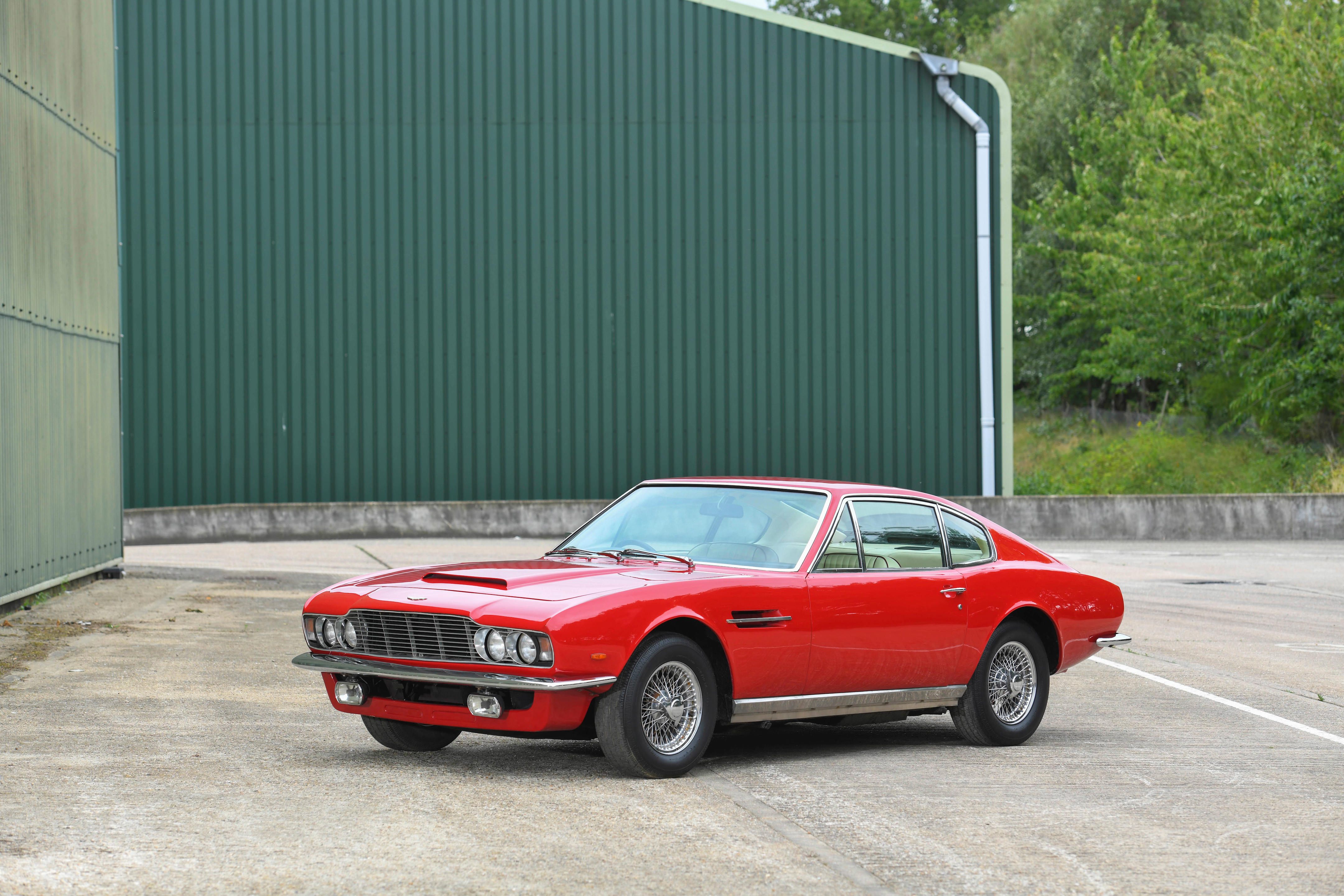


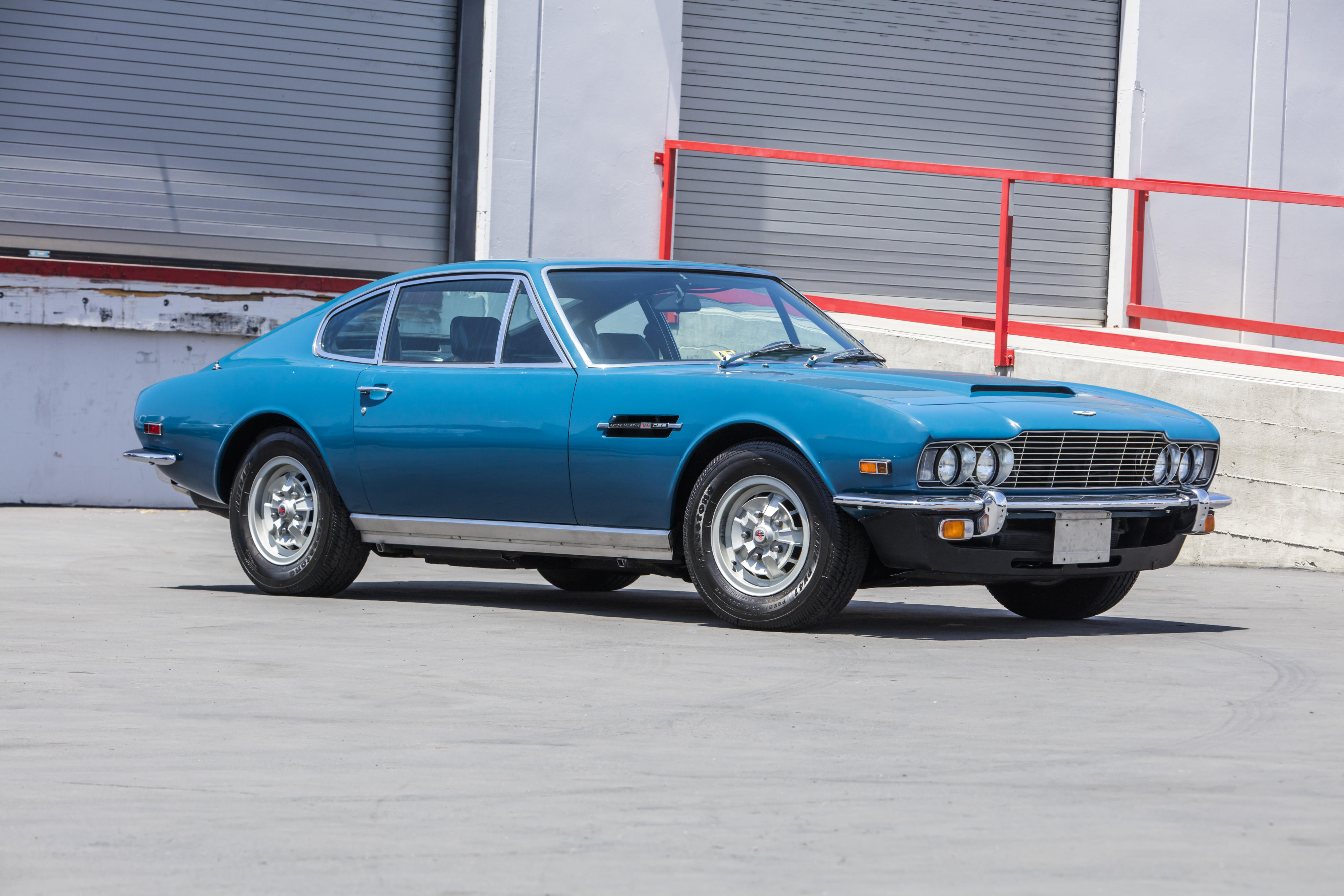

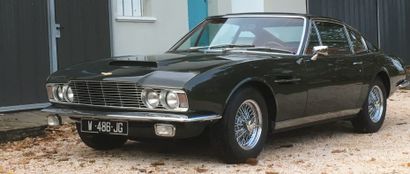
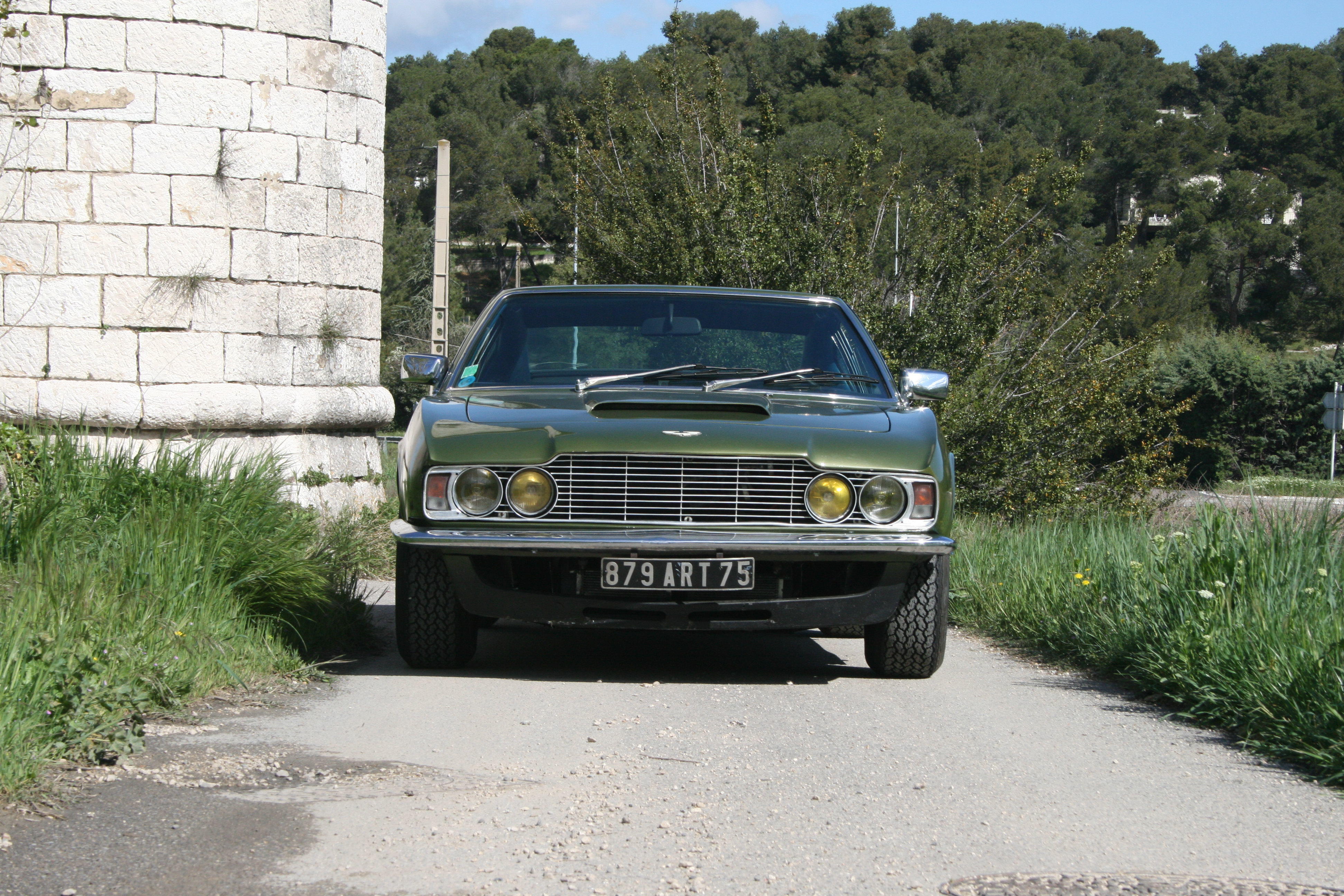
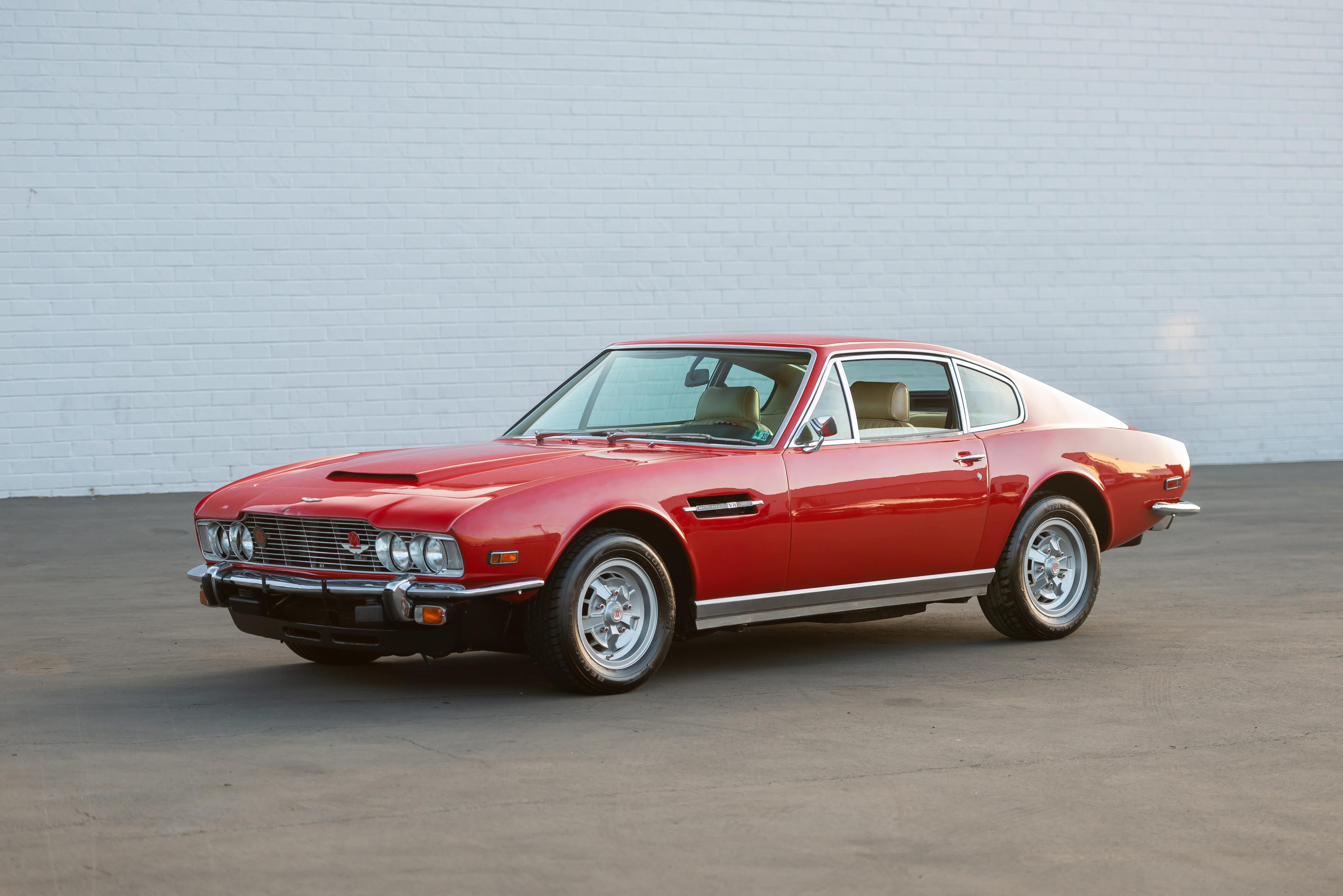
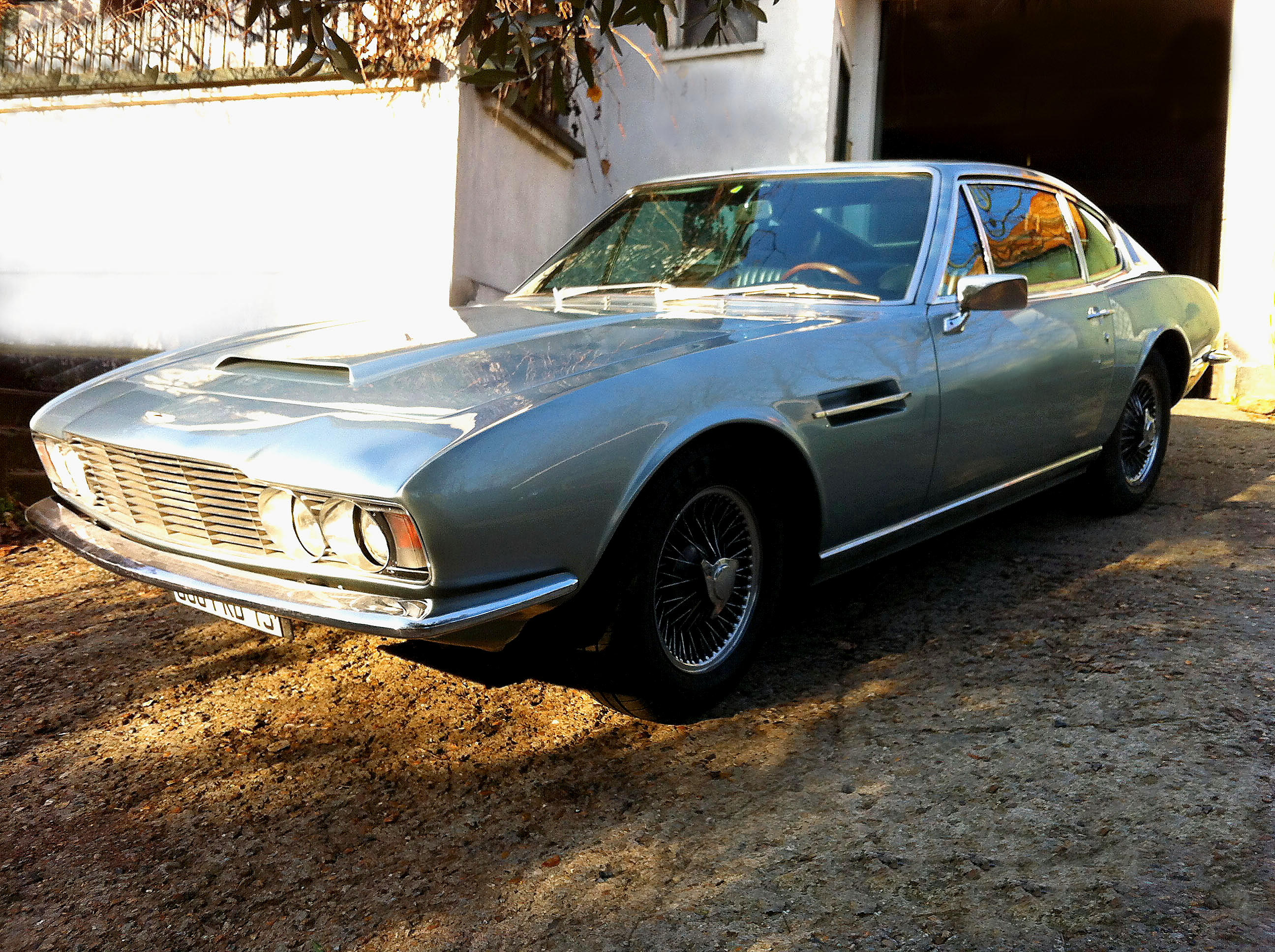




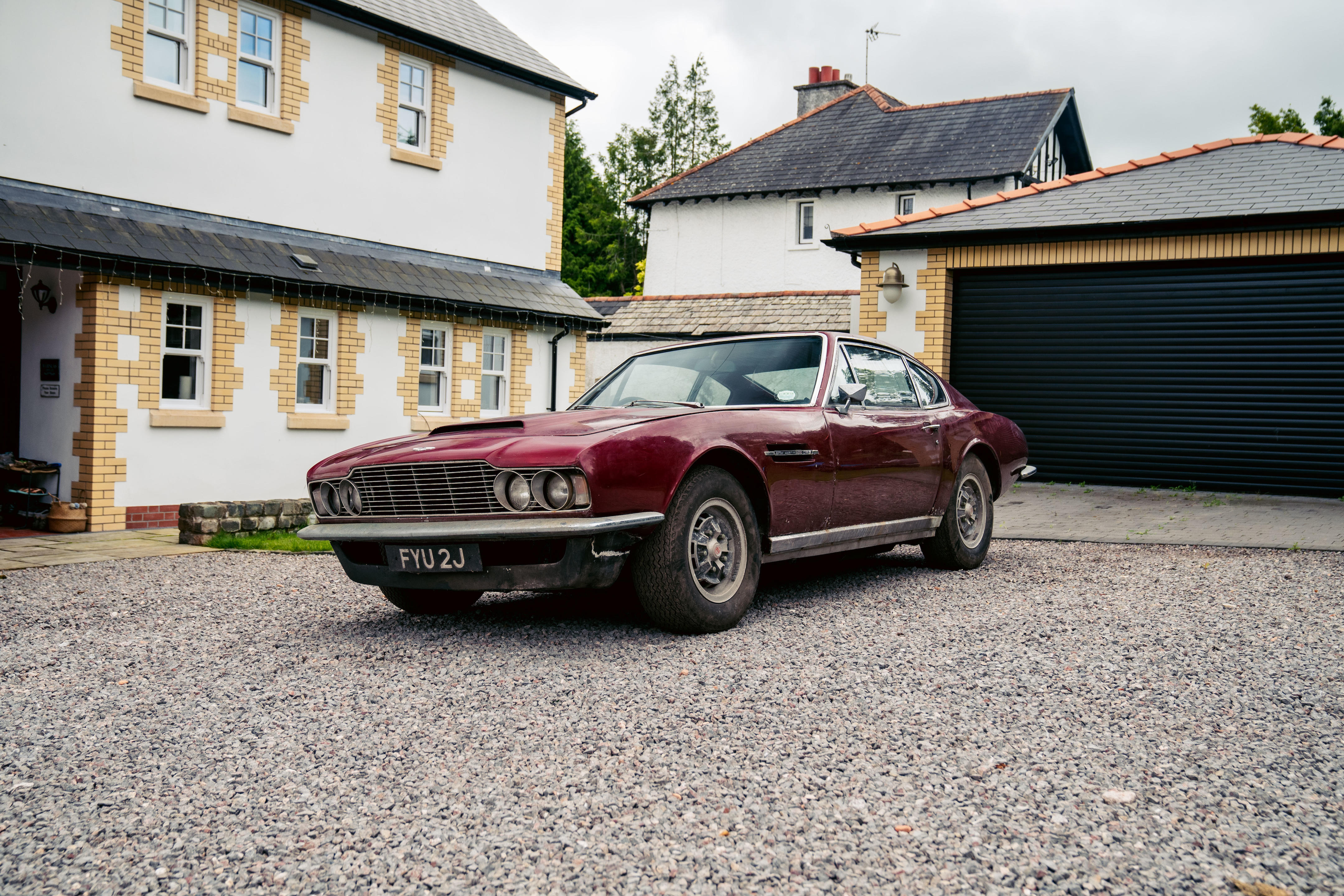
Testen Sie LotSearch und seine Premium-Features 7 Tage - ohne Kosten!
Lassen Sie sich automatisch über neue Objekte in kommenden Auktionen benachrichtigen.
Suchauftrag anlegen